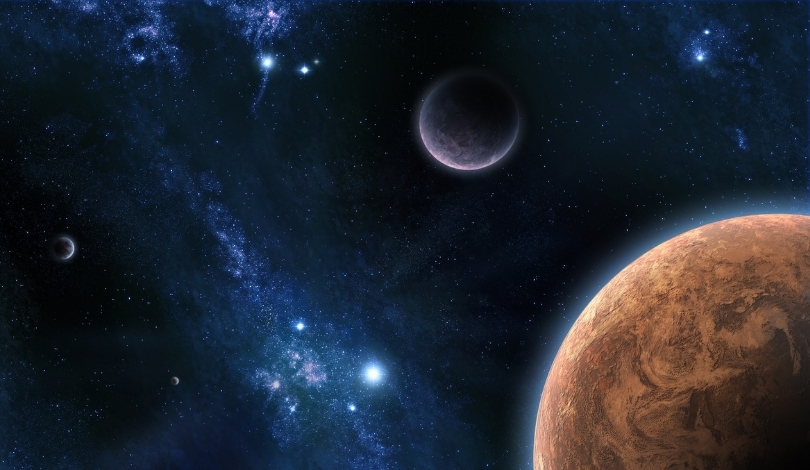The Event Horizon Telescope (EHT) team has conducted test observations aimed at improving the clarity of black hole images, overcoming the observational challenges posed by extreme gravitational forces. These tests involved collaboration with the Atacama Large Millimeter/submillimeter Array (ALMA) and other facilities to detect light at a radio frequency of 354 GHz, equivalent to a wavelength of 0.87 mm, marking significant progress in capturing the enigmatic regions surrounding supermassive black holes.
Similar to past efforts, these tests represent an ongoing endeavor to refine the EHT’s capabilities. Previously, the telescope’s most notable achievement was capturing the first image of a black hole in 2019. However, this earlier image had limitations in sharpness and detail, prompting further research and technological advancements. The recent tests have succeeded in achieving a resolution of 19 microarcseconds, surpassing previous records and paving the way for even clearer imagery with the full EHT array.
Enhanced Telescope Resolution
By utilizing a wavelength of 0.87 mm, scientists aim to produce images that are 50% sharper compared to previous observations at 1.33 mm.
“At 0.87 mm, our images will be sharper and more detailed, which in turn will likely reveal new properties, both those that were previously predicted and maybe some that weren’t,” stated Alexander Raymond of the Jet Propulsion Laboratory.
This improvement is expected to unveil new features of black holes, providing insights into their structure and behavior.
Global Collaboration and Technical Advancements
The EHT functions as a virtual, Earth-sized radio telescope composed of multiple dishes worldwide, leveraging very long baseline interferometry (VLBI). This technique involves combining data from various observatories, including the Atacama Array, to achieve higher resolution without the need for a single massive telescope. The experiment’s success in utilizing a 0.87 mm wavelength, despite atmospheric challenges, marks a significant advancement.
According to Sheperd “Shep” Doeleman, “Looking at changes in the surrounding gas at different wavelengths will help us solve the mystery of how black holes attract and accrete matter, and how they can launch powerful jets that stream over galactic distances.”
This will also enable the detection of more distant and dim black holes.
The EHT team’s recent achievements are a significant step forward in high-resolution black hole imaging. The ongoing enhancements include new antennas and improved detectors, which should result in high-fidelity animations of the event horizon. Future observations will revisit supermassive black holes in M87 and the Milky Way’s center, aiming for more detailed measurements that can help estimate black holes’ spin and orientation.
The Event Horizon Telescope’s recent tests demonstrate a commitment to pushing the boundaries of black hole imaging. By achieving a higher resolution, scientists aim to capture more detailed images and uncover previously unseen properties of black holes. The global collaboration and technological advancements set a new standard for future observations, promising a deeper understanding of these mysterious cosmic entities and their environments. Continuous improvements and future enhancements will likely lead to even more detailed and informative images, contributing to the broader field of astrophysics and our understanding of the universe.










